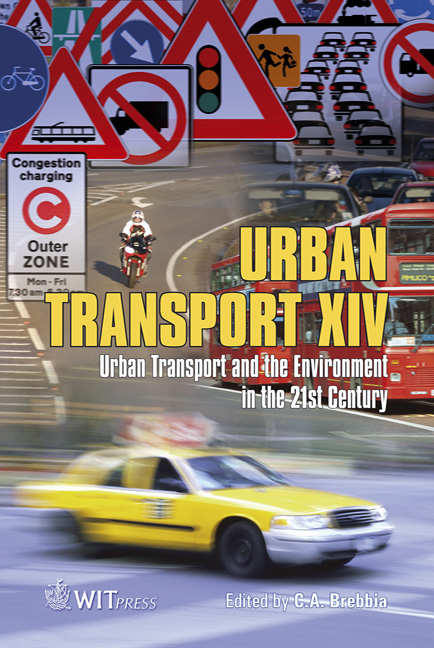Reduction Of NOx Emission From Diesel Engines By The Application Of Ceramic Oxygen Conductors
Price
Free (open access)
Transaction
Volume
101
Pages
11
Page Range
355 - 365
Published
2008
Size
511 kb
Paper DOI
10.2495/UT080351
Copyright
WIT Press
Author(s)
J. Merkisz, P. Fuć & P. Lijewski
Abstract
One of the major problems related to compression ignition engines is the emission of particulate mater and nitrogen oxides NOx. Aftertreatment devices (e.g. DeNOx catalysts), exhaust gas recirculation (EGR) or common rail high pressure injection systems have been commonly used to reduce these emissions. However, the optimisation of the burning process is now considered to have the potential to reduce the emission of toxic compounds of exhaust gases and this seems to be the major direction of development for compression ignition engines. The present paper discusses a concept of reducing the NOx emission in exhaust gases from a compression ignition engine by eliminating nitrogen from the engine charge delivered to the cylinder. Since a dynamic development of ceramic oxygen conductors has recently been observed, it could be predicted that the application of these conductors in combustion engines might become possible in years to come. The present work offers results of research tests of an engine supplied with oxygen and with a mixture of oxygen and exhaust gases (EGR). It presents an analysis of the burning process and results of research tests on emission of toxic compounds of exhaust gases. Measurement of cylinder pressure and photographs from research tests with endoscopic video recording were used in the analysis. Keywords: compression ignition engine, NOx emission, ionic conductor.
Keywords
compression ignition engine, NOx emission, ionic conductor.





